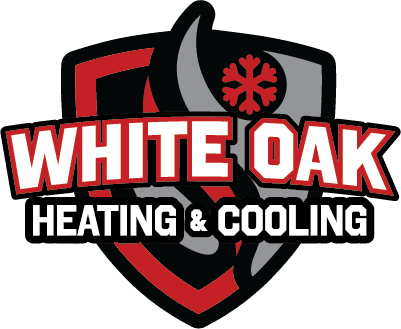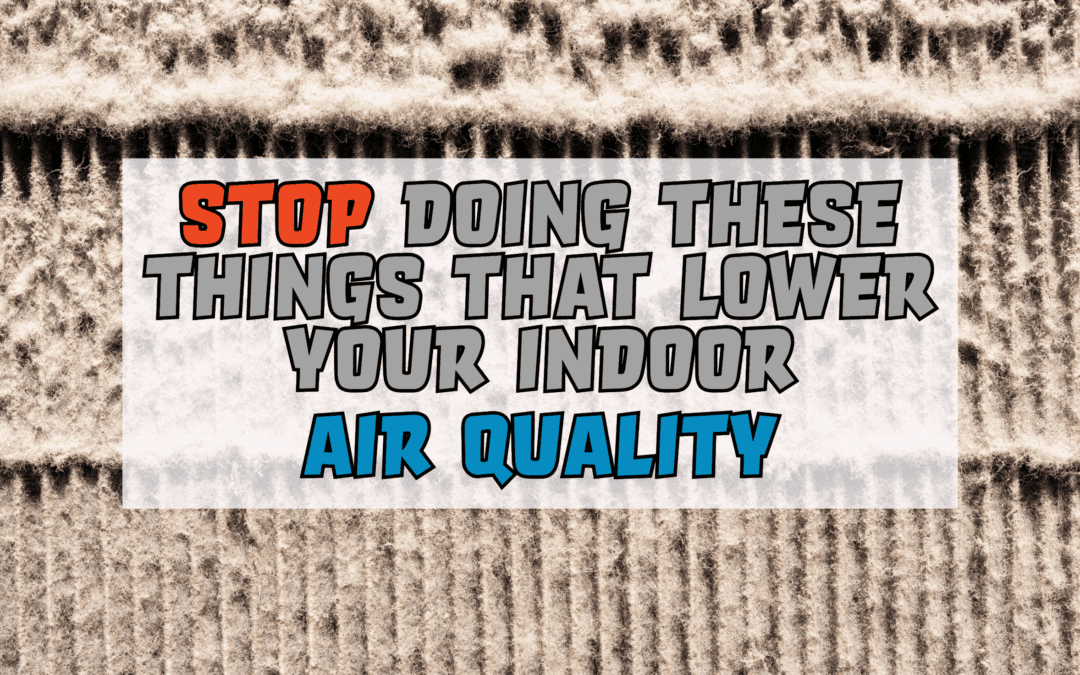Did you know that on March 19th of this year, spring officially begins? Along with warmer weather and beautiful flowers, many Ohio residents also experience seasonal allergies during this time. Allergies can cause unpleasant symptoms commonly known as hay fever. So, if you’re one of the allergy sufferers in Ohio, here are some practical solutions from White Oak Heating & Cooling to help you combat allergens within your home so that you can better enjoy your season.
What Are the Symptoms of Hay Fever?
Hay fever, or allergic rhinitis, is the most common allergy in Ohio. It happens when your immune system overreacts to allergens like pollen, releasing histamines that lead to allergy symptoms. These symptoms can vary in intensity and persist for weeks or even months. Some common symptoms may include:
· Sneezing
· Runny or stuffy nose
· Itchy eyes, mouth, throat or skin
· Ear congestion
· Postnasal drip
If you often experience these symptoms in spring and summer, it’s likely that you have hay fever caused by the surrounding allergens.
How Does Ohio’s Landscape Causes Allergies?
To understand the high pollen and allergy levels in Ohio, it’s important to first consider the diverse landscape. Ohio is made up of urban areas, farmland, forests, lakes, and rivers, each with different plant and tree types that produce different pollen and allergens. This variety in landscape and environmental factors exacerbates allergies and leads to a longer allergy season, which typically spans from February to November.
What Are the Common Types of Allergens?
Some common allergens in Ohio include, but are not limited to:
· Tree Pollen: Pollen from trees like oak, maple, birch, cedar, pine, and hickory can trigger allergies, especially in the spring.
· Grass Pollen: Grasses such as Kentucky bluegrass, timothy grass, and Bermuda grass release pollen, leading to allergies, particularly in late spring and early summer.
· Weed Pollen: Ragweed, a major weed in Ohio, produces abundant pollen in late summer and early fall, causing allergies for many individuals.
· Mold Spores: Mold spores are a common allergen in Ohio and can be found on decaying vegetation, leaves, and other organic matter.
How Can You Protect Yourself Against Allergens in Your Home Using Home Solutions?
While it may be challenging to completely prevent allergies, there are practical solutions you can use at home to reduce the impact of allergens and keep you more comfortable.
To minimize allergies:
1. Close windows during peak pollen season (usually spring and summer).
2. Vacuum regularly with a HEPA filter to remove allergens from carpets and furniture.
3. Wash bedding and curtains frequently in hot water to eliminate pollen and other allergens.
4. Shower immediately after being outdoors to wash off any pollen or allergens.
5. Dust often, especially bookshelves and surfaces that easily collect dust.
6. Change air filters regularly (every 1-2 months) to prevent allergens from circulating in your home.

Food for Thought: Did you know that hay fever affects approximately 1 in 5 people at least one time in their lifetime?
How Can You Protect Yourself Against Allergens in Your Home Using Professional Solutions?
To find immediate relief, incorporating practical home solutions into your daily life is the best approach. However, there are instances where professional solutions or services may be necessary. Here are a few suggestions to consider:
Get a Whole-Home Purifier – A whole-home air purification system, like the iWave, can be installed to work together with your HVAC system to keep the air in your home clean and pure. The iWave uses advanced ionization technology to reduce allergens, bacteria, viruses, and other particles that can cause allergies and respiratory issues.
Get a Whole-Home Dehumidifier – High humidity levels can create ideal conditions for allergens to thrive. Installing a whole-home dehumidifier can effectively decrease moisture in your home, making it a less welcoming environment for these allergens.
Get a Smart Thermostat – A smart thermostat can help you monitor humidity levels in your home, letting you know when you need to take action because the moisture levels are too high. It also will let you know when you need to change your air filters! It’s a great contraption that will help you stay on beat with keeping up with the IAQ (indoor air quality) in your home.
Get a Ductwork Cleaning – According to the EPA, indoor air can be up to five times more polluted than outdoor air. This pollution includes allergens like pollen, dust mites, and mold spores that can accumulate in your home’s ductwork and build up over time. So, getting your air ducts professionally cleaned can enhance the air quality in your home and help alleviate allergy symptoms. Best of all, this service is typically required only every three to five years.
Are you interested in any of these options? Feel free to give us a call to discuss which one may be the best fit for you, your family, and your home!
Allergies are a common issue that affects many people. However, you can minimize their impact on your daily life with these practical solutions. By understanding the causes and symptoms of allergies and using both home and professional remedies, you can enjoy springtime without constant suffering. Take control of your allergies today, and remember to contact us for all your HVAC air quality needs.
Count on White Oak Heating & Cooling for anything HVAC-related! Call us today at (513) 342-8434, or schedule an appointment online now by clicking here!







